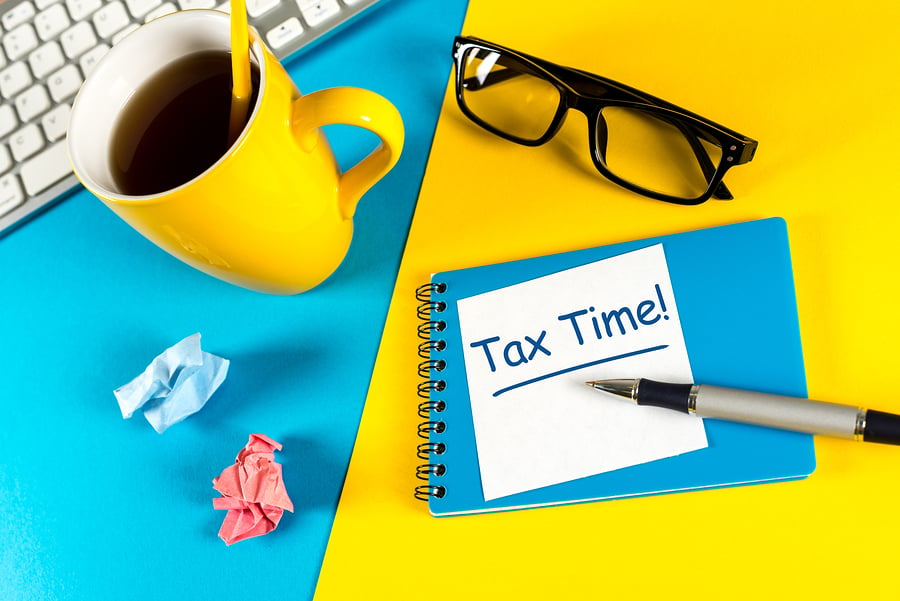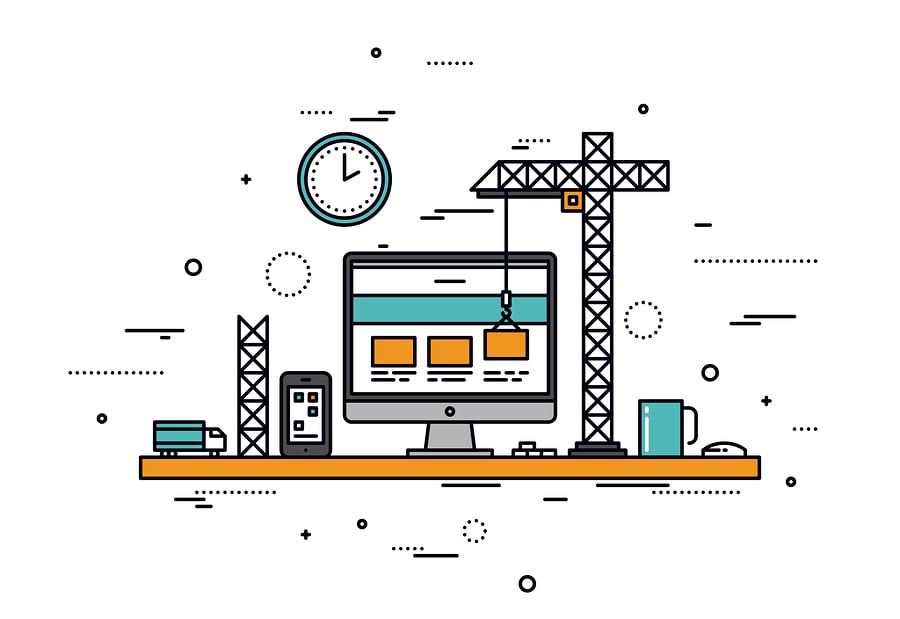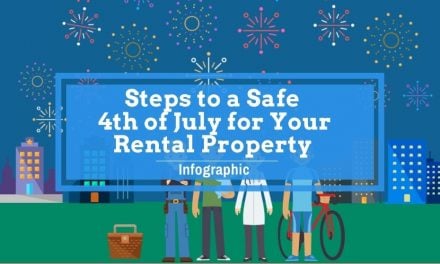
Understanding what is considered an uninhabitable rental property is crucial for landlords, property managers, and tenants. Housing providers must ensure their properties are safe and livable, meeting the implied warranty of habitability. Each state has specific requirements, and landlords should maintain properties to avoid legal consequences. Regular maintenance and understanding your local laws are essential for compliance.
For landlords, property managers, and tenants alike, understanding what is considered an uninhabitable rental property is key to understanding tenant rights and landlord obligations. Housing providers, like landlords and property managers, are responsible for providing their tenants with a safe and livable home.
While every landlord should check with their state laws about the exact ways in which they are expected to meet the implied warranty of habitability requirements, having a general understanding of what is considered uninhabitable is a great starting off point when evaluating your rental property.
Implied Warranty of Habitability
Most states refer to the exchange of rent for a safe, livable home between a landlord and tenant as the implied warranty of habitability.
Learn more: What Is The Implied Warranty Of Habitability For Rentals?
Landlords are responsible for keeping their rental premises livable and safe. This is referred to as the “implied warranty of habitability.” Each state handles this slightly differently, in some states, landlords will satisfy the implied warranty of habitability by complying with local housing codes. In most states, specific guidance will be listed within the statutes suggesting what is considered uninhabitable and listing minimum requirements for repairs and safety conditions.
Most states recognize a tenant’s right to a livable space and will fault the landlord for a home that is uninhabitable, and while most states outline specific requirements for landlords to follow, there are exceptions. For example, in Arkansas, a tenant rents a residence and accepts it “as-is,” and the landlord has no further obligation to maintain the premises. however, the landlord is obligated to meet city building codes.
What is Uninhabitable?
While each state may list requirements for habitability differently, they generally outline the same standards for a property that is considered uninhabitable. In general, statutes will consider a rental property uninhabitable if there are concerns with a renter’s life, health or safety.
These can include items such as:
- Broken locks
- Structure Leaks
- Gas or plumbing issues
- Mold
- Lack of hot and cold water
- Sewage issues
- Heating issues
- Electrical or wiring problems
- Unsanitary common areas
- Infestations of pests
- Missing smoke detector
- Lack of compliance with building codes or health codes
Remember that, ultimately, where your rental property is located has a big impact on the requirements for habitability. It is vital that landlords, property managers and tenants alike understand the local laws on what is considered uninhabitable. Landlords and property managers found in breach of this warranty can face legal consequences. Depending on state law, tenants may be able to repair defects and deduct the costs of those repairs from rent, or may be able to pursue legal action that will result in court-ordered repairs to the property.
Tenants’ Rights If House Is Uninhabitable
Tenant rights at an uninhabitable rental property will vary due to differences in state and municipal laws and regulations. In some states, if a habitability issue is found and the landlord or property manager has not addressed the issue, tenants are able to withhold rent. In many areas, tenants can repair the property or hire a professional to do the work and can deduct that cost from their rent amount.
As a tenant, verifying your rights and responsibilities under your area’s landlord-tenant law and your lease agreement is crucial before deciding whether withholding or deducting rent is appropriate and allowable. Tenants have gotten into sticky situations by assuming each state allows these actions, and unfortunately, can end up paying late rent fees, eating the costs of repairs, or even having eviction actions taken if proper legal channels are not utilized when dealing with a needed repair. Additionally, keep in mind that landlords are responsible for repairing a habitability issue caused by tenant damage, but you may be responsible for the fees or have those repair fees deducted from your security deposit.
If you are a tenant experiencing a habitability issue, such as a ceiling leak or a needed plumbing repair, it is important to communicate with your landlord or property manager before taking action. If this recourse proves to be ineffective, check with a lawyer familiar with landlord-tenant law in your area, or your local housing authority to verify what actions can be taken.
Tips for Preventing an Uninhabitable Rental Home
As a landlord or property manager, you are legally obligated to provide a habitable home for your tenants. While this is an essential legal requirement, it is also in your best interest to maintain the property and ensure it is a welcoming environment to keep great tenants long-term. Vacancies are costly, ignored repairs tend to cause expensive issues down the road, and keeping great tenants is an ideal situation for your rental property. An uninhabitable property is bad news for your ROI; not to mention the legal implications that can come from these issues.
Check Your State Laws:
Verify what your requirements are per your state laws. You can use a habitability state guide to as a quick reference for your area, but always verify with an attorney trained in landlord-tenant law in your area to ensure you fully understand the law’s nuances. This is especially important when dealing with issues like repairs and lease agreements.
Verify Local Building Codes:
Remember that municipal codes may also need to be taken into consideration, an attorney is qualified to help landlords and property managers navigate these requirements. Check your property’s local building codes to ensure that everything at your property is up to date and compliant. This is especially important if your property is older and may have been built without newer compliance codes in mind.
General Safety Checklist for Your Rental Property:
While maintenance emergencies do happen, an uninhabitable property is often not created in a day. Often, disrepair begins to add up and cause issues. Going through a safety checklist for your rental property can be a great way to guide your team and ensure nothing is missed.
Learn more: Safety Checklist For Rental Properties
Regular maintenance and inspections of your property are key to avoiding habitability issues and simply ensuring that your tenants feel comfortable in the rental unit. Preventative maintenance can ensure that your property and your tenants are protected; even small repairs or maintenance tasks can mitigate costly damage down the road.





